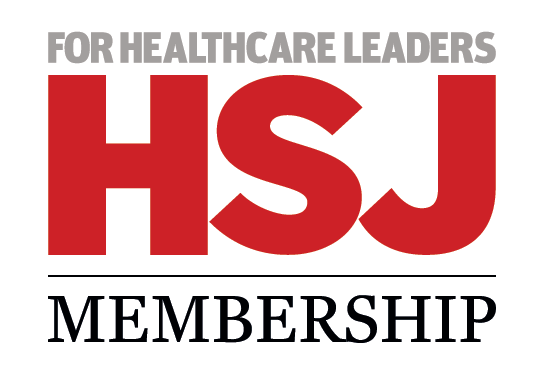The must-read stories and debate in health policy and leadership.
NHS England publishes data on cancelled elective activity after every strike, so we know how much work gets cancelled during strikes.
But, as anyone in the NHS knows, that’s only part of the story. What about all slots that trusts decide simply not to book during strike days because they know full well there will be no staff available to do the work?
That’s much harder to assess. One thing we can do however is track the amount of elective activity and compare it with previous months and pre-pandemic levels.
April is always a tricky month, with Easter holidays and school holidays meaning higher than usual number of staff are on leave.
But even so, the data published was stark. Treatment volumes, which comprise the total of completed referral to treatment pathways for both admitted and non-admitted patients, fell by 20 per cent from 1.54 million in March, to 1.22 million in April.
The April 2023 figure is also lower than the 1.33 million procedures and appointments carried out in April 2018, and 1.36 million in April 2019 – the two corresponding months for the pre-pandemic era.
And, unsurprisingly, the waiting list rose to a new record high. You can read more about it here.
Gap year
Community diagnostic centres – the government’s flagship policy for recovering cancer testing after covid – will have up to 6,500 fewer staff than they need by 2025.
This is according to NHSE workforce modelling, released after a Freedom of Information Act request to the Department of Health and Social Care, which highlights large and sustained staffing shortfalls across most professional groups required to run the CDCs until at least 2025.
The total gap between demand and supply for the programme by 2025 is estimated at 6,663, out of a total demand of 61,152 (about one in 10 staff). Across 14 staffing groups examined in the projections, only five are not projected to have gaps by 2025.
The biggest gaps are in scientists available to examine pathology specimens, and in assistant imaging practitioners (for CT and MRI scans, for example). Together they account for 52 per cent of the total roles predicted to be unfilled by 2025.
It comes amid ongoing failure to catch up with the covid cancer backlog, and widespread concern in the sector about diagnostic staffing gaps.
In response, the Society of Radiographers public policy director Charlotte Beardmore suggested CDCs should not have been introduced, given existing staff shortages.
Also on hsj.co.uk today
A shortage of managers in the NHS hampers system working and burdens clinical staff, argues Chris Thomas in a comment piece. And we report that trusts and systems must draw up plans to improve the diversity of their executive and senior leadership teams over the next 12 months, and evidence progress against them by summer 2025.





















